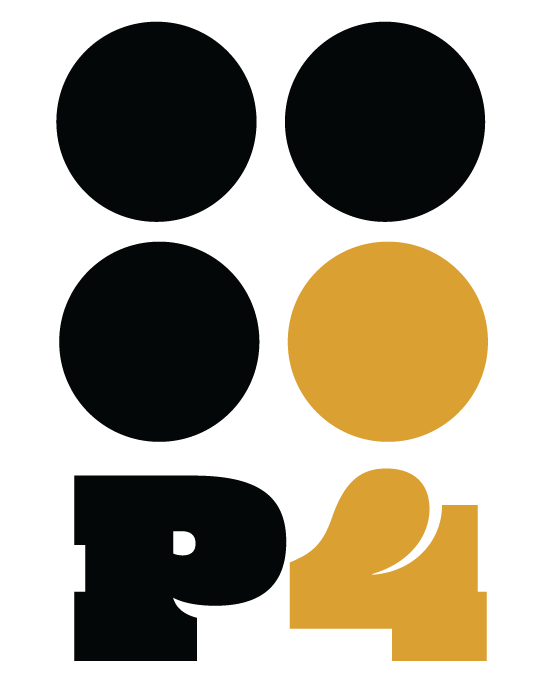How to Care for the Creatives on Your Team (Without Micromanaging or Accidentally Crushing Their Soul)
Creative people are weird.
They overthink, underprice, care too much, and vanish into their own heads for hours only to emerge with a half-finished concept and a thousand-yard stare. But when they’re supported right, they also make the things that no one else can. They build the story behind the brand. They give your company its voice, its feel, its edge.
So if you’re a manager, business owner, or team leader—especially one who isn’t a creative yourself—you need to know how to care for them.
This isn’t about free snacks and ping-pong tables. It’s about understanding what actually drives creative work, and the real psychological needs behind it.
Let’s dig in.
1. Understand That Creativity Is Risky Work (Psychologically Speaking)
To create is to risk.
Risk looking stupid. Risk making something no one likes. Risk caring about something and watching it get cut in a budget meeting.
According to Teresa Amabile, a Harvard Business School professor who’s studied creativity in organizations for decades, creative output is highest when people feel a sense of autonomy, purpose, and psychological safety.
Translation? If your creative team is constantly in “reactive mode,” if they’re afraid to pitch rough ideas, or if every new concept gets nitpicked to death in meetings—they’re going to shut down. Not because they’re soft, but because they know what it’s like to bleed into a project and then get steamrolled.
What to do:
Create protected space for experimentation. Give them projects with clear constraints—but not prescribed outcomes. Let them fail fast, early, and safely. And when they share a half-baked idea, treat it like a fragile thing: respond with curiosity, not critique.
2. Reward Process, Not Just Results
Creative work doesn’t always follow a straight line.
Sometimes, a designer will spend four hours kerning one headline. Sometimes a photographer will shoot 600 images and toss 590. That doesn’t mean they wasted time. It means they were searching for the thing that felt right. The invisible work is the work.
Yet many workplaces only reward visible outcomes: more designs, faster turnarounds, higher engagement.
What to do:
Acknowledge effort. Praise thoughtful iteration. If a team member took the time to explore three distinct directions before landing on one—thank them. Make it clear that depth matters more than speed when it comes to brand-defining work.
3. Speak Their Language: Feedback Without Flattening
Here’s the problem with vague feedback like “Make it pop” or “Can we add more wow?”
It kills morale. It makes creatives feel like short-order cooks trying to season something with no idea what flavor you’re after.
Psychologically, creatives thrive on meaningful critique. They want to know the “why” behind a change—because they’re thinking about the story, the audience, the tone. Not just the color palette.
What to do:
Learn to give feedback that’s clear and actionable:
“This is great, but I think we’re missing the playful tone from the original brief.”
“What if we push the contrast here to highlight the tension in the image?”
“I love the direction, but I worry it might not land with our older customers. Can we explore a version that feels a bit more grounded?”
Bonus tip: Always start with what’s working. Affirmation opens the door for critique.
4. Protect Their Time Like It’s Sacred
You can’t rush brilliance. And yet, many creatives work in systems built around Slack pings, last-minute requests, and a constant stream of “Can you just real quick…”
But deep creative work requires flow state, which researchers like Mihaly Csikszentmihalyi (yes, that’s a real name) describe as a kind of mental zone that only happens with uninterrupted focus.
What to do:
Limit “urgent” interruptions.
Batch requests into one doc or meeting.
Let them block off “creative time” where they can go dark and make magic.
5. Coach Like a Creative Director, Not a Project Manager
Creative coaching isn’t about pushing for deliverables. It’s about developing voice, sharpening taste, and stretching skill.
If you treat your creatives like a vendor, you’ll get vendor-level work. But if you coach them like artists in residence—people whose growth is good for the company—you’ll see them step into their full potential.
What to do:
Set up monthly check-ins about creative development, not just performance.
Encourage them to bring in inspiration from outside your industry.
Ask them what kind of work they wish they could do—and look for ways to get them closer to it.
6. Recognize the Emotional Labor
Here’s the truth: Good creative work takes emotional energy.
Writing a tagline, designing a campaign, or crafting a brand photo isn’t just a task—it’s expression. It’s vulnerability, intuition, and restraint, all wrapped up in something meant to move people.
So when a creative finishes something big? They might feel drained, exposed, or just… flat.
What to do:
Celebrate completed projects. Give them time to recover between big pushes. And understand that part of their job isn’t visible. It’s emotional labor, and it’s real.
7. Let Them Surprise You
Not every designer wants to be an art director. Not every photographer wants to shoot lifestyle forever. The best way to keep your creative team engaged is to let them evolve.
What to do:
Invite them to pitch ideas outside their job description. Let the copywriter direct a photo shoot. Let the designer write a script. You might discover hidden talents—and they’ll feel trusted.
TL;DR: Don’t “Manage” Your Creatives. Care For Them.
Respect the risk. Protect the time. Reward the craft.
And above all, build a culture where creativity feels safe, not squeezed. Because when you care for the people who make your brand beautiful, they’ll return the favor in ways you never expected.


